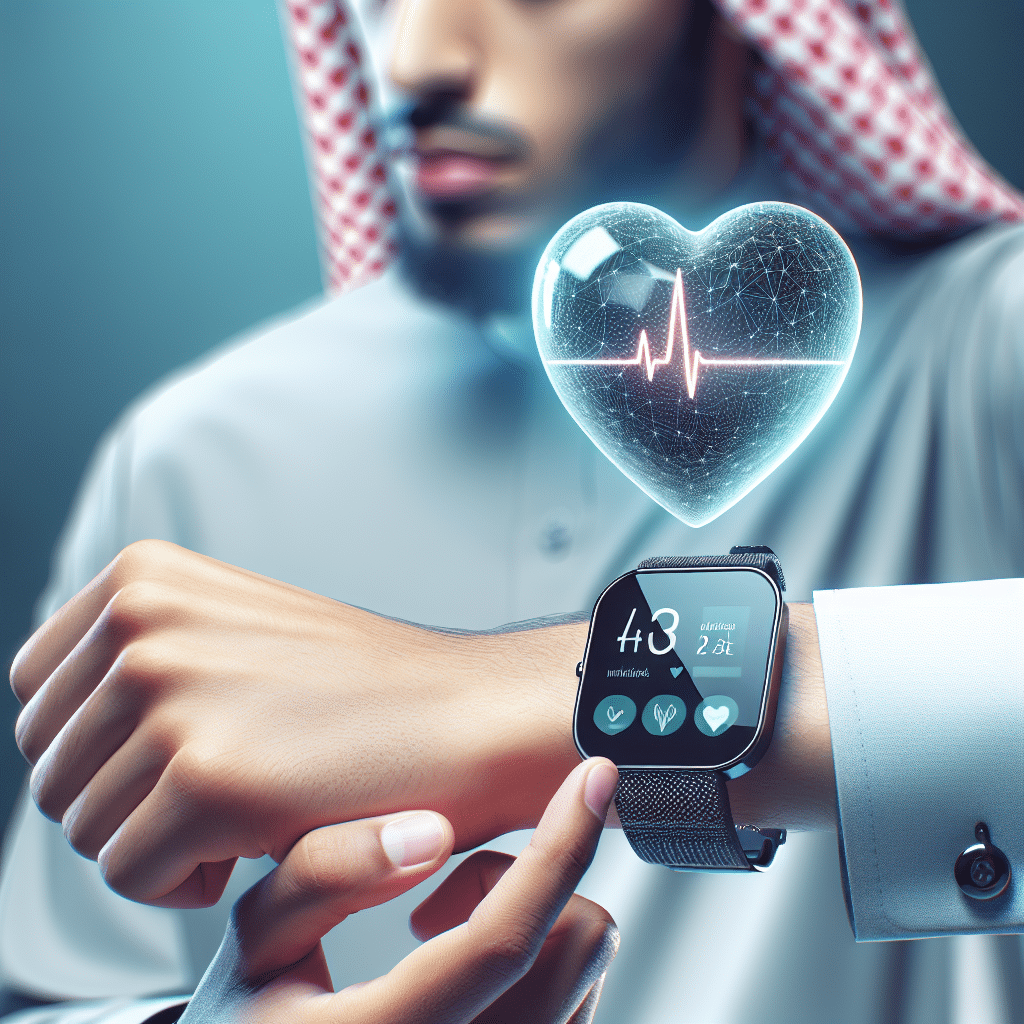Understanding Heart Rate Monitors with Real-Time Tracking
What is a Heart Rate Monitor?
A heart rate monitor (HRM) is a device that tracks your heart rate in real-time, allowing individuals to gauge their cardiovascular health during various activities. HRMs can be standalone devices like wristwatches or chest straps or integrated into smartwatches and fitness trackers. With the rise of technology, these devices now feature advanced capabilities, offering a deeper insight into our heart health.
Importance of Real-Time Heart Rate Monitoring
Real-time monitoring of heart rate is crucial for several reasons:
- Performance Tracking: Athletes use HRMs to optimize their training by maintaining specific heart rate zones that enhance performance and endurance.
- Health Monitoring: For individuals with existing health conditions, real-time HRMs can alert them to irregular heart rates, prompting timely medical intervention.
- Fitness Goals: Real-time data helps users adjust their workouts for better efficacy, ensuring they remain within their target heart rate zone for fat loss or cardiovascular fitness.
Types of Heart Rate Monitors
-
Chest Strap Monitors:
- Accuracy: Often considered the gold standard for heart rate monitoring due to their proximity to the heart and use of electrocardiogram (ECG) technology.
- Comfort: May be less comfortable for long-duration wear compared to wrist-based monitors.
-
Wrist-Based Monitors:
- Convenience: These devices look like regular watches and can easily be worn throughout the day.
- Technology: Use optical sensors to measure heart rate from the wrist, which may be less accurate but very convenient for casual users.
-
Fitness Trackers:
- Integration with other fitness metrics like steps and sleep cycles, offering a comprehensive health overview.
- Popular brands like Fitbit and Garmin offer various models catering to different fitness levels.
-
Smartwatches:
- Combine all the functionalities of fitness trackers with additional features like notifications, GPS, and contactless payments.
- Examples include the Apple Watch and Samsung Galaxy Watch series.
How Real-Time Tracking Works
Real-time heart rate monitors operate using different technology:
-
Optical Sensors: These sensors use light to detect blood flow through capillaries, providing an estimate of heart rate. This method is common in wrist-based monitors.
-
Electrocardiography (ECG): Chest straps typically use electrodes to measure electrical signals from the heart, providing highly accurate readings.
Modern devices often use algorithms to filter out noise and improve accuracy, especially during vigorous activity.
Features to Look for in Heart Rate Monitors
-
Heart Rate Zones:
Monitoring specific heart rate zones (e.g., resting, moderate, vigorous) helps optimize workouts. Look for models that can set customizable alerts for when you enter or exit these zones. -
Integration with Fitness Apps:
Most modern HRMs sync with apps like Strava, MyFitnessPal, or dedicated manufacturer apps. This integration allows users to track their progress, analysis, and trends over time. -
Battery Life:
Longer battery life ensures the device can track heart rates during extended periods without frequent recharging. Some chest straps may last several months on a single battery. -
Water Resistance:
If you plan to swim or sweat a lot during workouts, choosing an HRM with a good water resistance rating is essential. -
Additional Health Metrics:
Many monitors now track metrics like blood oxygen levels, sleep patterns, and VO2 max, providing a holistic view of your health.
Benefits of Using Heart Rate Monitors
-
Enhanced Workout Efficiency: By monitoring your heart rate, you can avoid overexerting yourself while ensuring sufficient intensity to achieve fitness goals.
-
Reduced Risk of Overtraining: Being aware of your heart rate helps prevent burnout and injuries by allowing proper recovery times based on your body’s performance signals.
-
Informed Health Decisions: For those with health issues, real-time tracking can help manage conditions like hypertension or arrhythmias, facilitating more informed discussions with healthcare providers.
Popular Heart Rate Monitor Brands
-
Polar:
Known for their accurate chest straps and versatile fitness watches. Polar devices often include advanced metrics for serious athletes. -
Garmin:
Offers a range of GPS-enabled fitness watches that integrate heart rate monitoring with route tracking, ideal for runners and cyclists. -
Fitbit:
Popular for lifestyle and fitness tracking, their devices cater to casual users with features focused on overall well-being rather than just heart rate metrics. -
Apple:
The Apple Watch incorporates advanced heart monitoring technology and integrates seamlessly with iOS devices, allowing a broad range of health applications.
Safety Considerations
While heart rate monitors provide valuable data, it’s important to remember:
- Consult Medical Professionals: If you notice irregular heart rates or other concerning symptoms, seek medical advice.
- Use as a Tool, Not a Crutch: While they are helpful, HRMs should not replace comprehensive health assessments from qualified healthcare professionals.
- Stay Informed about the Limitations: Understand that while technology is advanced, factors like device placement and fit can impact accuracy.
Conclusion
Heart rate monitors with real-time tracking represent a significant advancement in personal health and fitness technology. They empower users to make informed decisions about their health and workout routines. Whether you’re an elite athlete or someone just wanting to stay active, these devices can offer the insights necessary for maximizing your efforts and maintaining your well-being. As the technology continues to evolve, the accessibility and accuracy of heart rate monitors are set to improve even further, making fitness and health monitoring more effective than ever.
By understanding the types of monitors available and their specific features, you can select the best device tailored to your lifestyle and fitness needs.
